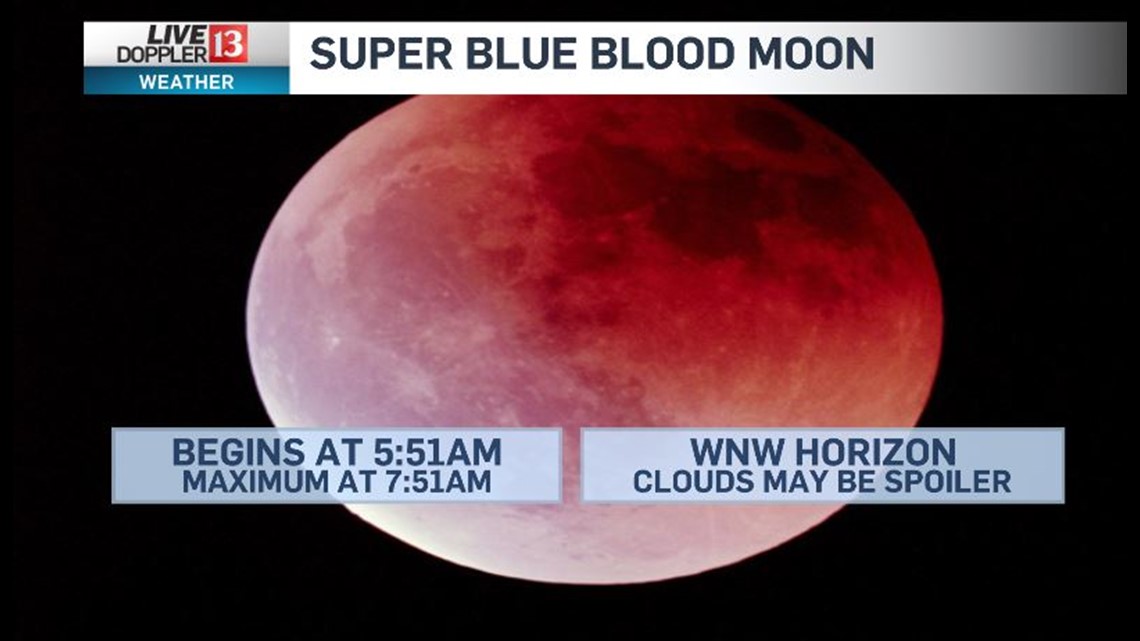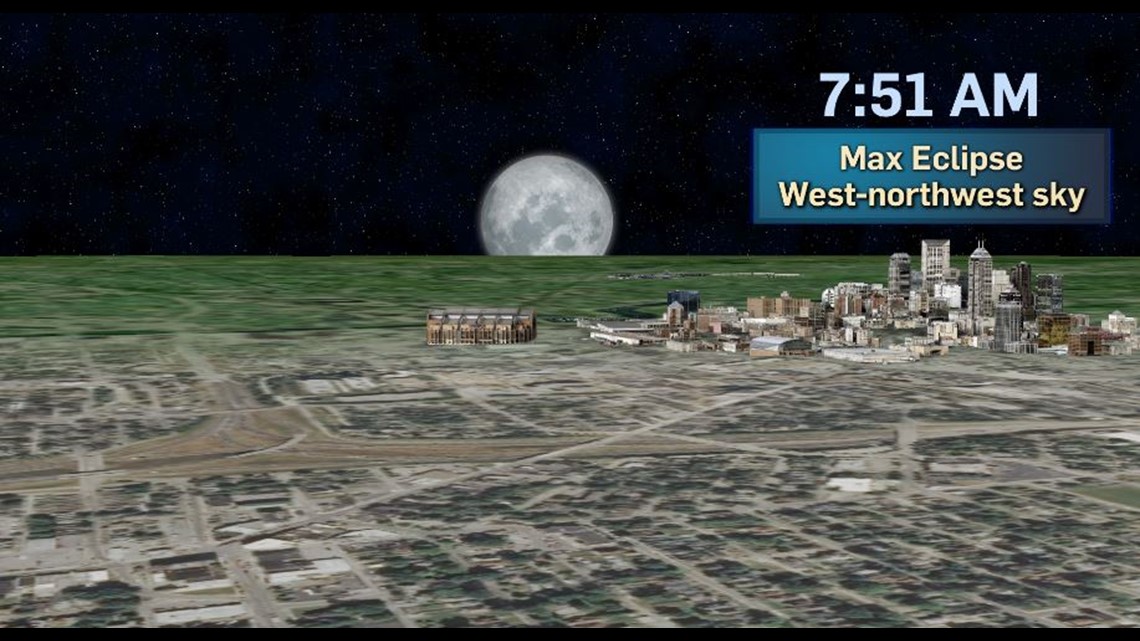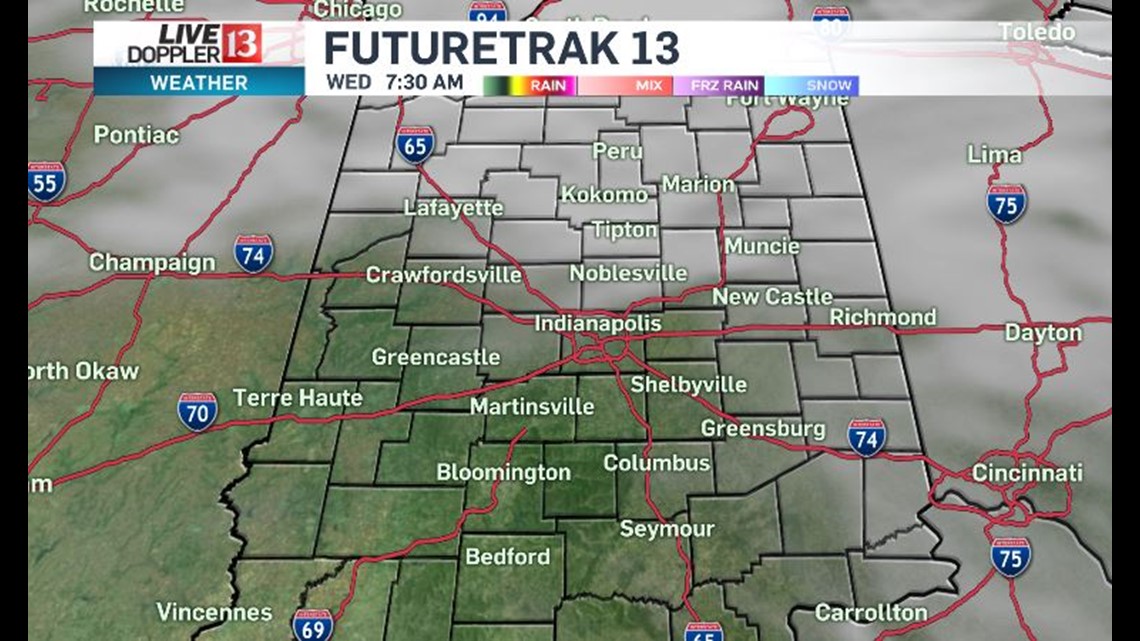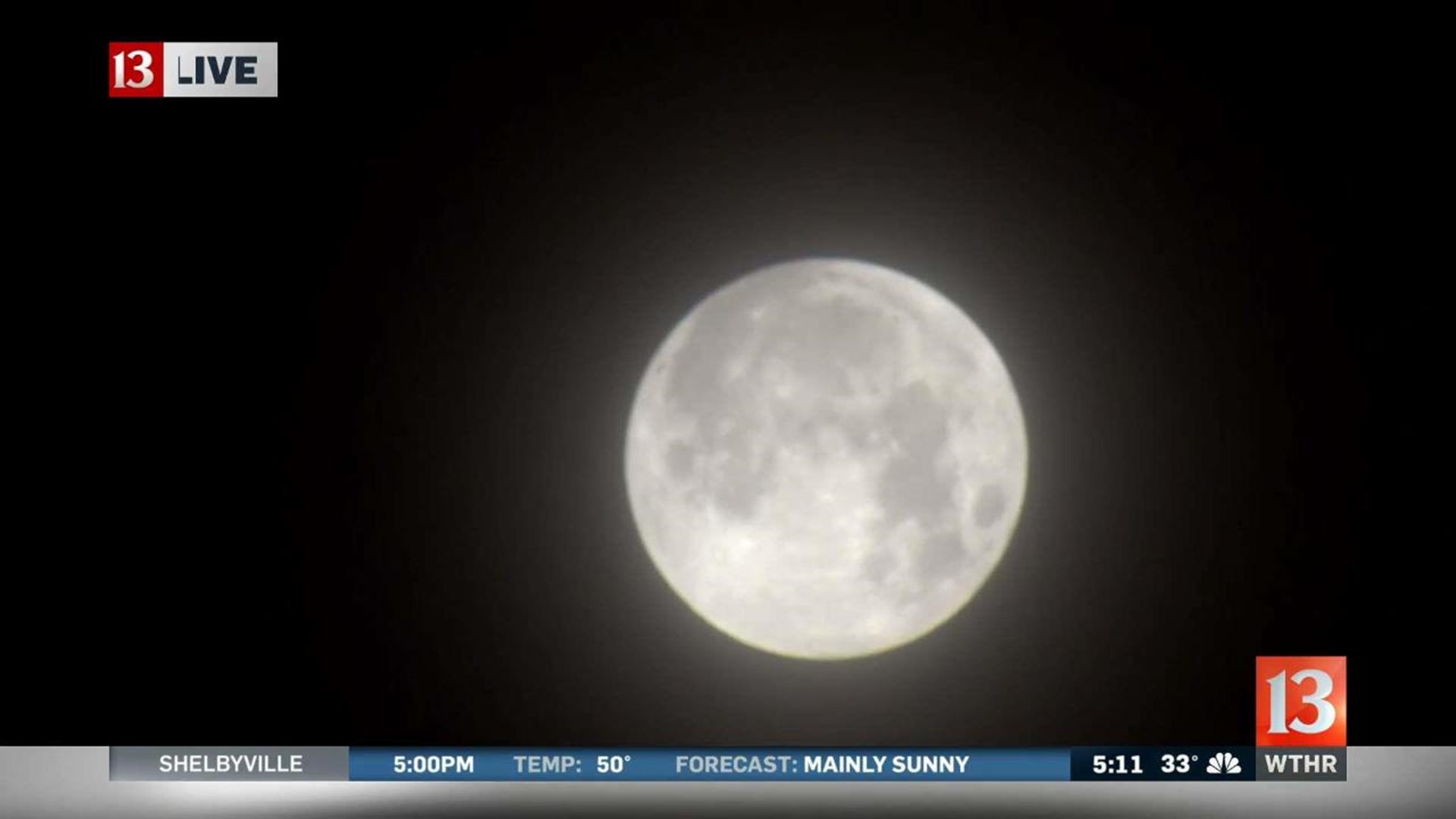Wednesday morning's celestial phenomenon combines three separate lunar spectacles – a blue moon, a supermoon and a total lunar eclipse. The most recent blue moon total eclipse occurred in December 1982, but it was not visible in North America. This will be the first time such a phenomenon will be seen here since 1866, more than 150 years ago. The next blue moon total lunar eclipse won't happen again until December 31, 2028.
Each of the three lunar occurrences are unique themselves.
A blue moon is a second full moon to occur within a month. It doesn't mean the Moon will appear blue.
A supermoon occurs when the moon is closer to the Earth and can appear 30 percent brighter and up to 14 percent larger. According to NASA, the moon will be 223,068 miles from Earth, rather than the usual 238,855 miles. This also known as the "perigee", the point in orbit when the moon is closest to the earth.
A blood moon refers to a reddish-appearance of the moon during a lunar eclipse due to light scattering.


A total lunar eclipse occurs when the moon passes directly behind the Earth into its shadow. At this point, the Sun, Earth, and Moon are all aligned.
Here's what you need to know...
5:51am EST -- Penumbral Eclipse begins. The Earth's penumbra (shadow) start touching the Moon's face. Look nearly due west.
6:48am EST -- Partial Eclipse begins. Partial moon eclipse starts - moon will start to appear red. Look west-northwest.
7:51am EST -- Maximal Eclipse visible in Indianapolis. The maximum part of the eclipse occurs when the Moon is close under the horizon.
Since the Moon is near the horizon at this time, try heading to a high point or finding an unobstructed area with free sight to the west-northwest for the best view.


7:54am EST -- Moon set. The moon drops below the western horizon and the view of the Eclipse will conclude.
HOW TO VIEW: Travel to a rural area away from any light pollutions and tall buildings and preferably somewhere with low cloud coverage.
(Source: www.timeanddate.com)
We will have another lunar eclipse visible from the entire US about a year from now, January 21, 2019, but it will not be a supermoon.
FORECAST...
The only caveat in play for tomorrow morning will be the potential of clouds blocking our view.



